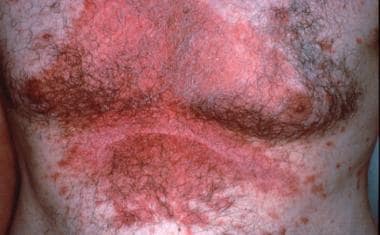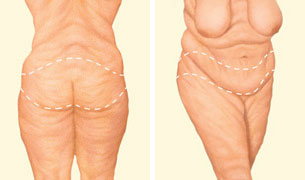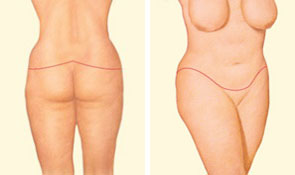Contouring and highlighting are like chocolate syrup and vanilla ice cream: best together. First, let’s review these makeup techniques before getting into the mind-blowing contouring maps that follow.
Contouring is when you use a matte (read: not shimmery) powder, cream, or pencilproduct that’s two shades darker than your skin tone to shade areas you’d like to define or reshape, like your nose, forehead, chin, and cheekbones.
Highlighting (or strobing) offsets contouring by accentuating areas of your face with light concealer or highlighter. To properly highlight or strobe, use a concealer that’s two shades lighter than your skin tone or a highlighter that flatters your complexion to emphasize the areas of your face that naturally catch the light.

Figure out which contouring plan is right for you based on your face shape. Here’s a handy guide:
1. Diamond Face Shape
How to tell if your face is shaped like a diamond:
- Your hairline is more narrow than your cheeks.
- Your chin is slightly pointed.
- Your face is longer than it is wide.
Where you should contour:
- The area below your cheekbones starting from your ears and ending in the middle of your cheeks.
Where you should highlight:
- Under your eyes in an upside-down triangle shape and along your brow bone to brighten your eyes.
- In the middle of your forehead and the middle of your chin to help broaden these naturally narrow areas.
2. Heart Face Shape
How to tell if your face is shaped like a heart:
- Your cheeks are wider than your hairline.
- Your chin is narrow and pointed.
- A true heart-shaped face also has a widow’s peak.
Where you should contour:
- Along the sides of your forehead and temples to create balance between the wider upper half of your face and the more narrow lower half.
- The area below your cheekbones starting from your ears and ending in the middle of your cheeks.
- The small area right below your chin to soften the point.
Where you should highlight:
- Under your eyes in an upside-down triangle shape, which brightens your eyes.
- In the middle of your forehead and the middle of your chin to help broaden these naturally narrow areas.
3. Oblong Face Shape
How to tell if your face is oblong:
- Your face is almost twice as long as it is wide.
- You have no major points along your jaw, chin, or hairline.
Where you should contour:
- Along your hairline to create the illusion of a lower hairline.
- Under your chin to make your face appear a little rounder.
- The area below your cheekbones starting from your ears and ending in the middle of your cheeks.
Where you should highlight:
- Under your eyes in an upside-down triangle shape to brighten your eyes.
4. Oval Face Shape
How to tell if your face is shaped like an oval:
- Your face is 1.5 times longer than it is wide.
- You have no major points along your jaw, chin, or hairline.
- Your face resembles an upside-down egg.
Where you should contour:
- The sides of your forehead just slightly to make your hairline appear a little more narrow.
- The area below your cheekbones starting from your ears and ending in the middle of your cheeks.
Where you should highlight:
- In the middle of your forehead and the middle of your chin.
- Under your eyes and along your brow bone to brighten your eye area.
5. Rectangle Face Shape
How to tell if your face is shaped like a rectangle:
- The width of your hairline and jawline are about even.
- Your face is longer than it is wide.
Where you should contour:
- On the sides of your forehead to make your hairline appear more narrow.
- Along your hairline to create the illusion of a lower hairline.
- Under your jawbone to make your jawline appear more narrow.
- The area below your cheekbones starting from your ears and ending in the middle of your cheeks.
Where you should highlight:
- In the middle of your chin.
- Under your eyes and along your brow bone to brighten your eye area.
6. Round Face Shape
How to tell if your face is round:
- Your face is about as wide as it is long.
- You have no major points along your jaw, chin, or hairline.
Where you should contour:
- On the sides of your forehead and along your temples to make this wider area appear more narrow.
- The area below your cheekbones starting from your ears to in the middle of your cheeks, and then curving down to your jawline to lengthen your face.
Where you should highlight:
- In the middle of your forehead and the middle of your chin.
- Under your eyes in an upside-down triangle shape to brighten your eyes.
7. Square Face Shape:
How to tell if your face is shaped like a square:
- Your face is about as long as it is wide.
- The width of your hairline and jawline are about even.
Where you should contour:
- On the sides of your forehead to make your hairline appear more narrow.
- Under your jawbone to make your jawline appear more narrow.
- The area below your cheekbones starting from your ears and ending in the middle of your cheeks.
Where you should highlight:
- In the middle of your forehead and the middle of your chin.
- Under your eyes and along your brow bone to brighten your eye area.














